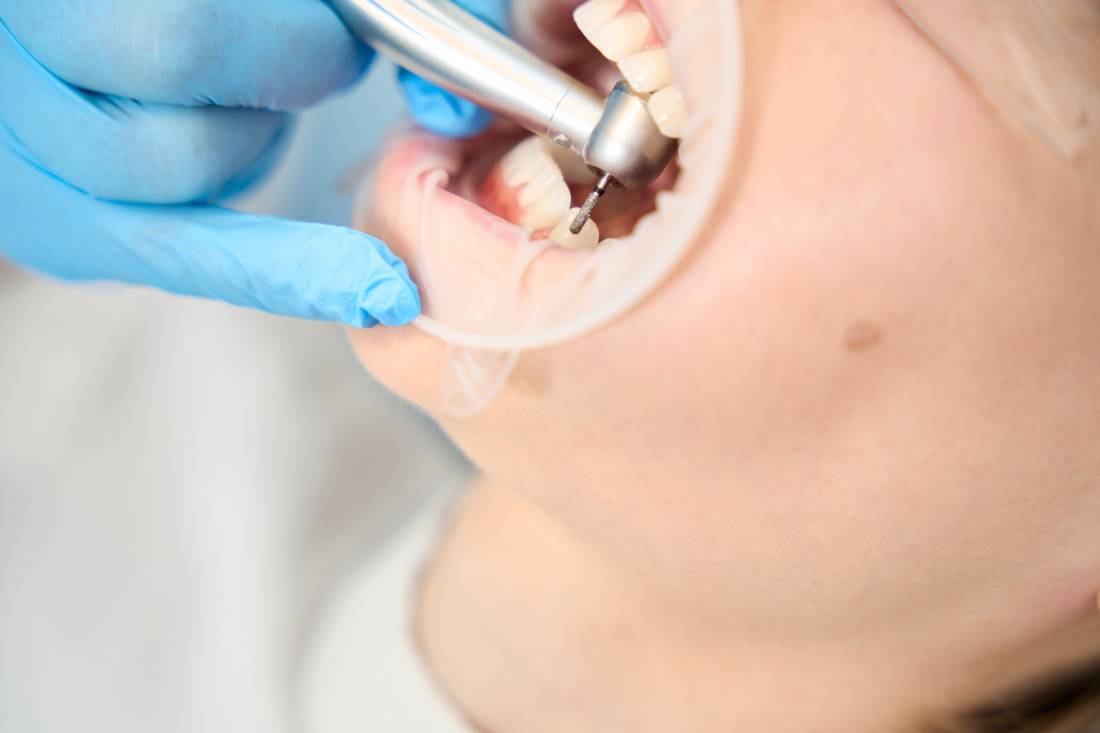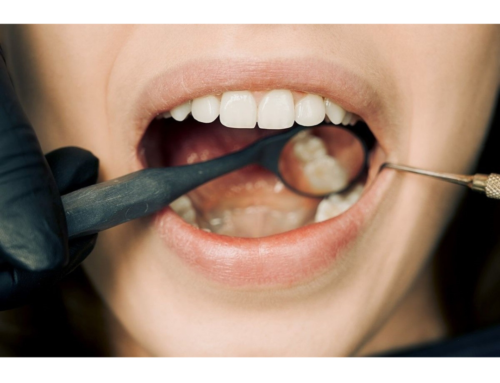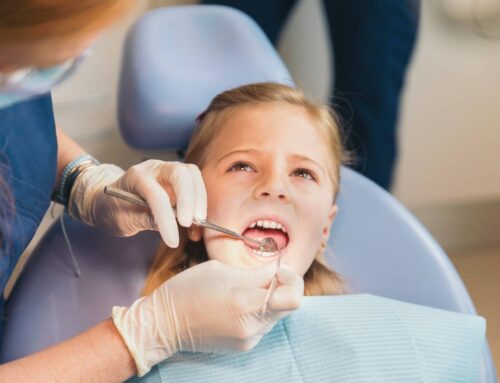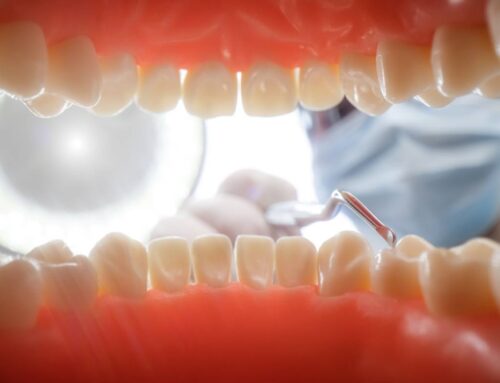Dental crowns are a popular and effective solution for restoring damaged or weakened teeth, providing both functionality and aesthetic appeal. However, one common question that arises among patients is: How long do dental crowns really last? Let’s unravel the longevity puzzle of dental crowns by examining various factors that influence their lifespan and strategies for ensuring their durability.
Understanding the Lifespan of Dental Crowns
- Materials Matter: The material used for dental crowns plays a significant role in determining their longevity. While materials like porcelain and ceramic offer natural aesthetics, they may not be as durable as metal or porcelain-fused-to-metal crowns. However, advancements in dental technology have led to the development of stronger and more resilient materials, enhancing the longevity of crowns.
- Maintenance is Key: Proper oral hygiene and regular dental check-ups are essential for prolonging the lifespan of dental crowns. Brushing twice daily, flossing, and using antimicrobial mouthwash help prevent decay and gum disease, which can compromise the integrity of the crown. Additionally, attending routine dental appointments allows dentists to detect any signs of deterioration early and address them promptly.
- Individual Factors: Factors such as bruxism (teeth grinding), chewing habits, and underlying oral health conditions can impact the lifespan of dental crowns. Patients who grind or clench their teeth may experience premature wear and damage to the crowns, necessitating replacement sooner than expected. Similarly, patients with poor oral hygiene or untreated dental issues may experience complications that affect the longevity of crowns.
Average Lifespan and Signs of Deterioration
The average lifespan of dental crowns typically ranges from 5 to 15 years, depending on various factors such as material quality, oral hygiene practices, and individual habits. However, it’s essential to monitor the condition of your crowns regularly and be aware of signs indicating deterioration, including:
- Visible cracks or fractures in the crown
- Discoloration or darkening around the edges
- Sensitivity or pain when biting or chewing
- Loose or wobbly crown
- Recurrent decay or gum inflammation around the crown margins
Strategies for Prolonging Crown Longevity
- Practice Good Oral Hygiene: Maintain a consistent oral hygiene routine, including brushing, flossing, and using mouthwash, to prevent decay and gum disease.
- Protect Your Teeth: Wear a mouthguard if you grind or clench your teeth to minimize wear and tear on dental crowns.
- Avoid Hard Foods: Limit consumption of hard or sticky foods that can damage or dislodge crowns.
- Regular Dental Check-ups: Schedule routine dental appointments for professional cleanings and examinations to detect any issues with your crowns early on.
Conclusion
While the longevity of dental crowns varies depending on several factors, proper maintenance and care are essential for ensuring their durability and functionality. By understanding the lifespan of dental crowns, recognizing signs of deterioration, and implementing strategies for prolonging their longevity, patients can enjoy the benefits of restored oral health and aesthetics for years to come.
Ready to restore your smile with dental crowns? Schedule a consultation with Novi Oaks Dental today to explore your options and ensure optimal oral health and longevity for your dental restorations. Our experienced team is here to provide personalized care and guidance every step of the way. Don’t wait—invest in your smile today!






